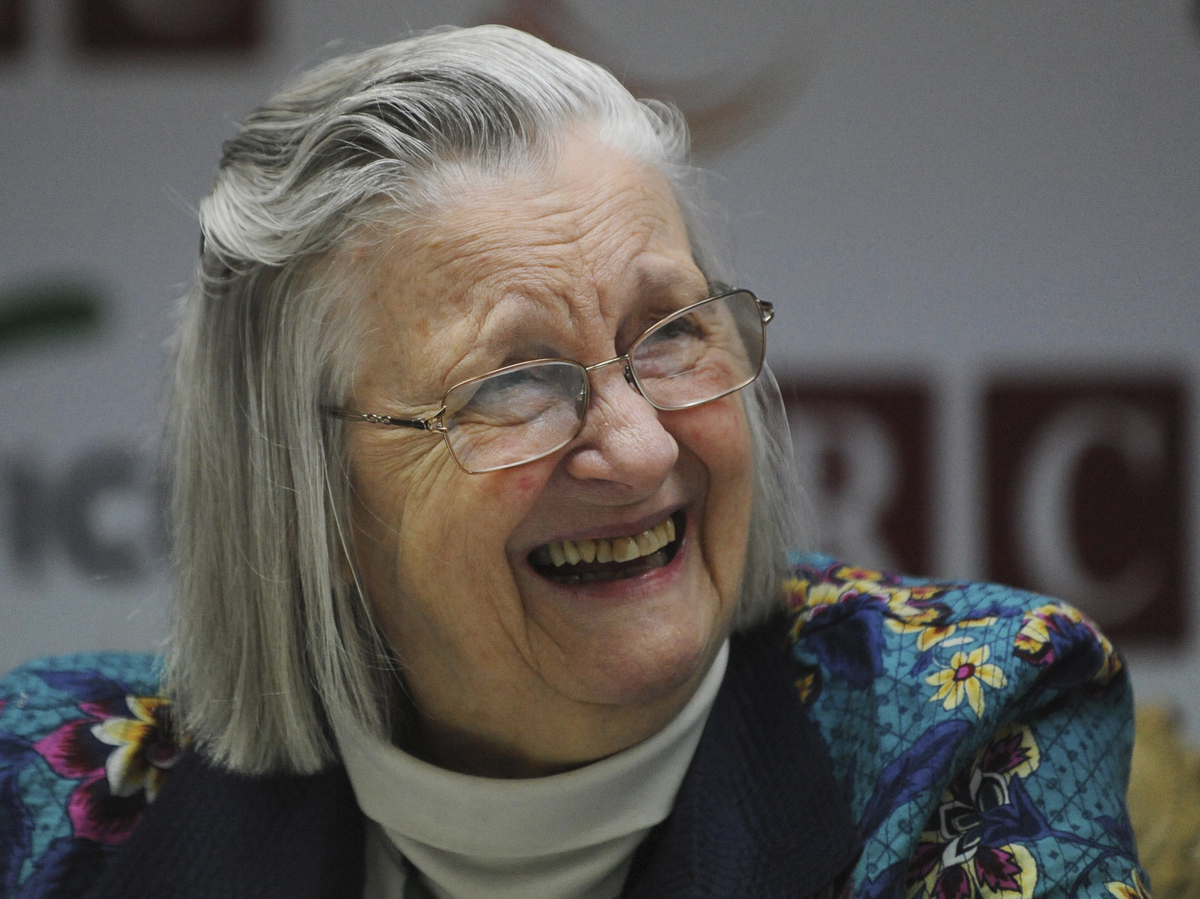A lot of people know Nobel Prize-winning economist Elinor Ostrom from her work on the commons.
But many might not know that some of her first research in the 1970s on policing.
It can inform the reform vs. defunding debate, with some clear empirical findings.
But many might not know that some of her first research in the 1970s on policing.
It can inform the reform vs. defunding debate, with some clear empirical findings.
In 1970, Ostrom was a young professor at Indiana University. At the time, city governments were pushing to centralize their services, including police forces. They assumed that the more centralized the police force, the more funding they got, the less crime there would be.
To test this, Ostrom worked with the Indianapolis government and her students to measure the quality of policing. Surprisingly, against common assumptions, they found that the smaller the police force, the more positively residents evaluated the police services they got.
But that wasn’t all.
Ostrom was approached by some of her Black students, who asked her why she was studying white neighborhoods, when the issue of policing was so important to Black communities.
Ostrom was approached by some of her Black students, who asked her why she was studying white neighborhoods, when the issue of policing was so important to Black communities.
Ostrom listened, and wrote her first grant application to use the methods developed earlier to study the role of police force size on the quality of policing in Black neighborhoods. She got the grant.
Working with her Black students, she compared Black neighborhoods in Chicago and small cities. The police in Chicago received 14 times as much funding as those they studied in small cities. What they found was pretty interesting:
“But despite the huge difference in spending, we found that in general the citizens living in the small cities received the same or higher levels of services compared to the residents in Chicago.”
She didn’t stop there. She decided to expand the research once again and evaluated the data from a 1966 survey of 2000 residents in 109 cities across the US.
“We found a consistently positive relationship between city size and expenditure levels, but expenditure levels were not related to better citizens’ evaluations of the services provided.”
Not content, she replicated the initial study once again and studied the quality of policing in St. Louis. They found the same: the bigger the police department, the more the costs, and the lower the quality of policing as perceived by residents.
As she concluded in her autobiographical reflections published shortly before she died in 2012: https://www.annualreviews.org/doi/abs/10.1146/annurev.polisci.090808.123259">https://www.annualreviews.org/doi/abs/1...
"Increasing the size of [the police force] consistently had a negative impact on the level of output generated as well as on efficiency of service provision… smaller police departments … consistently outperformed their better trained and better financed larger neighbors.”
But why did this happen? To explain this, Elinor Ostrom argued that in small communities with small police forces, citizens are more active in community safety. Officers in smaller police forces also have more knowledge of the local area & more trust from people.
This finding became a crucial step in Ostrom’s groundbreaking work on how communities manage their resources sustainability without outside help – through deliberation, resolving conflict, and setting clear community agreements. This is what she ended up becoming famous for.
But her research on policing shouldn’t be forgotten: it shows that, when it comes to safer communities, funding or size of services is not important. What’s important is the connections and trust between the community and the service provider.
Her research doesn’t tell us whether we could abolish the police altogether. But it does provide clear evidence that police forces, especially in Black neighborhoods, don’t need to be as large as they are, and don’t need as much funding as they get currently.
To know how communities without police forces function, there are plenty of examples out there. Indigenous communities continue to practice community safety without the police, such as a community in Whitehorse, Canada. https://www.theglobeandmail.com/canada/article-four-officers-no-weapons-no-charges-a-yukon-first-nations-solution/">https://www.theglobeandmail.com/canada/ar...
Indigenous citizens of Chéran, Mexico threw out the police and took community safety into their own hands. There is now little crime, murders, or abductions, otherwise common in this part of Mexico. https://www.bbc.com/news/magazine-37612083">https://www.bbc.com/news/maga...
In Rojava, Syria, each neighborhood has its own civil protection volunteers, which have to be 40% women. Conflict is resolved through community mediation.
These are just three examples of what police abolition could look like, but there are many more. https://roarmag.org/essays/police-abolition-and-other-revolutionary-lessons-from-rojava/">https://roarmag.org/essays/po...
These are just three examples of what police abolition could look like, but there are many more. https://roarmag.org/essays/police-abolition-and-other-revolutionary-lessons-from-rojava/">https://roarmag.org/essays/po...
Ostrom’s research on policing, not as well known as her other work, is a small piece of the puzzle in the debate on defunding, abolishing, or reforming the police. Her empirical research quite conclusively showed that defunding would very likely have positive results today.
Thanks all for the interest in this piece.
For more context and a deeper dive into Ostrom& #39;s work, check out Professor& #39;s Abigail York& #39;s thread. https://twitter.com/ProfAbigailYork/status/1271136502399954947">https://twitter.com/ProfAbiga...
For more context and a deeper dive into Ostrom& #39;s work, check out Professor& #39;s Abigail York& #39;s thread. https://twitter.com/ProfAbigailYork/status/1271136502399954947">https://twitter.com/ProfAbiga...

 Read on Twitter
Read on Twitter



